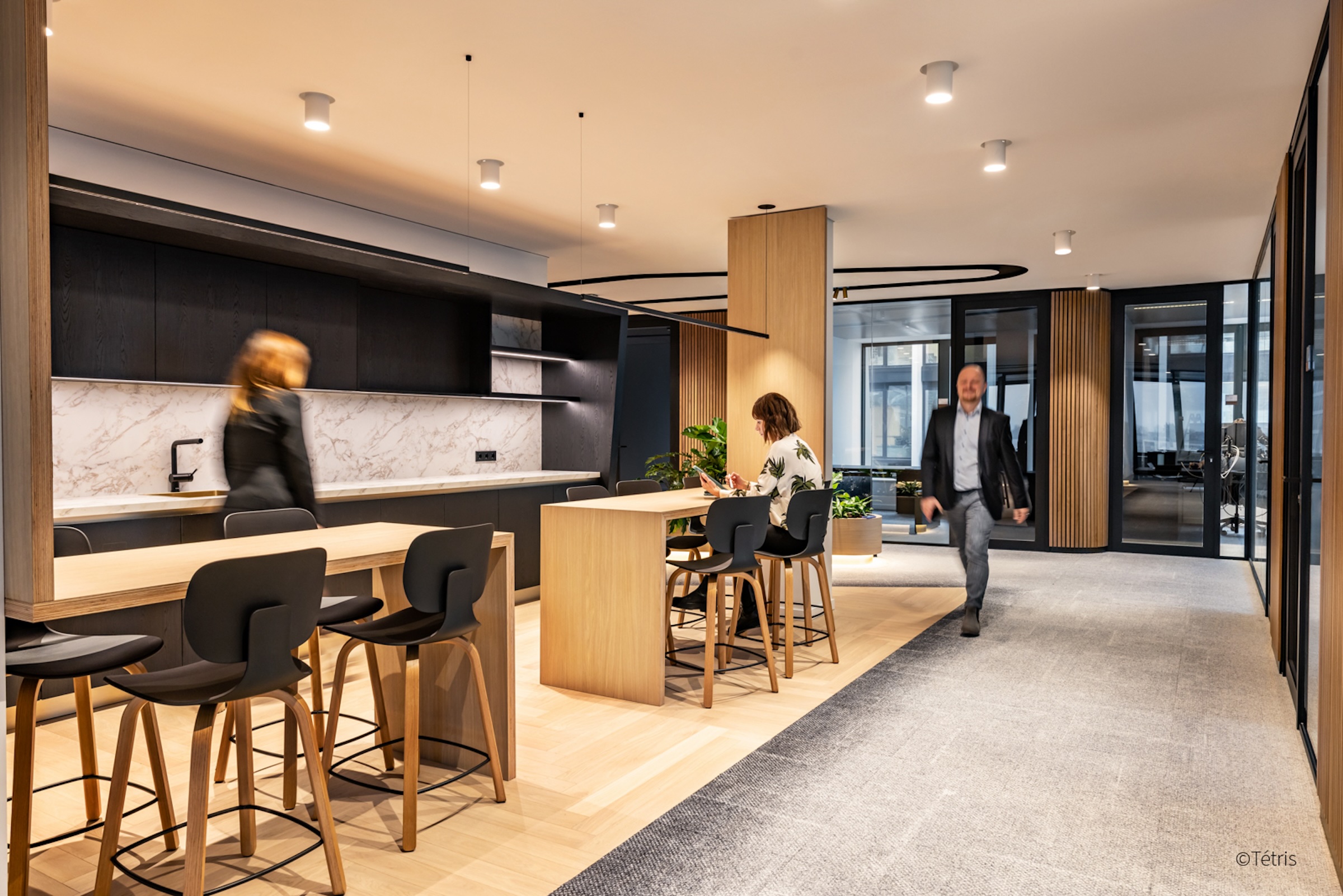As COVID-19 forces companies to rethink their office space and culture, workplace apps are adapting to include new features and information.
As employees start to return to the office, workplace apps are evolving to encompass new features focusing on health and safety.
Many commonly used workplace apps already support basic admin tasks such as booking meeting rooms and finding available hot desk space – but these functions are now being further developed amid COVID-19 restrictions.
Take the Safe Distance app, developed by Smart Citti and Wrld3D. It creates a 3D map of the office and pinpoints the position of staff to show which areas are busy and help decision-making around when to use communal facilities.
Meanwhile, consulting firm PwC is now testing a mobile app in its Shanghai office that uses GPS signals to geolocate employees. If an employee later tests positive for coronavirus, the company’s HR department can use the data to notify those who’ve come in close contact with the infected person.
“The current COVID-19 restrictions have accelerated demand for digital solutions that enable companies to provide a safe working environment for their employees so they feel comfortable going back to the office,” says Mark Caskey, EMEA CEO for Corporate Solutions at JLL.
There are other apps helping to make the next iteration of the office a contactless one; such as using near-field communication instead of keycards to give employees access to a building or lift system via their smartphone, or to buy food and drink from cash-free workplace canteens. And then, of course, there are the chat and video apps that COVID-19 has really brought to the fore.
“Even before COVID-19, more companies were gradually adopting a wide variety of apps to support employees and office operations but they’re playing more of a business critical role than ever before,” says Jean Walbaum, Smart Office Director at JLL, who estimates that five to 10 percent of companies are currently embracing workplace apps successfully.
Supporting employee communities
Apps aren’t just about the practical aspects of office life; they equally have a valuable role in building a community among employees to reinforce company culture and values and promote productivity and engagement.
With more companies now getting on board with remote working, people are increasingly spread over multiple locations and working more in isolation than they’ve previously been used to. It’s a challenge to make people feel part of the team even when they’re not in the office, says Walbaum.
“Company culture is now a significant differentiator when it comes to recruiting and retaining the best people for the job – and apps definitely have a role in keeping the communication channels open and building stronger relationships between employers and their staff,” says Walbaum.
Successful implementation depends on what level of existing technology in place.
“The app itself is really the final piece in the jigsaw, bringing together many of the tools that people need to support them both in terms of admin but also health and wellbeing in one place,” Walbaum says.
That means that different business departments and different tasks, from room bookings to logging workplace facilities requests, need to be fully integrated.
Improving communication
Although COVID-19 has changed the context for closer employee monitoring, data protection concerns nevertheless still exist.
“Privacy remains a concern, but the current COVID-19 crisis has perhaps given people cause to rethink that and see the personal wellbeing benefits of sharing their data with the company they work for; it’s less taboo,” Walbaum says. “In return, there’s a new communication channel open with the latest information, wherever they may be based.”
Indeed, with companies having to adapt quickly to a fast-changing post-lockdown environment and some employees apprehensive about returning to the office, greater interaction can be mutually beneficial – and provide valuable feedback on what’s working and what’s not.
“Regardless of their size, all companies will need to make sure that their apps fully link the workplace and people together,” says Walbaum.
This alignment is even more critical in the post-pandemic environment – and Caskey believes that the evolution of technology, and the use of apps, within the office will play an increasing role both in enhanced health and safety in the workplace and the overall employee experience.
“COVID-19 has really accelerated the development of digital solutions for the office” he says. “We’re going to see much greater adoption in times to come; the potential is immense.”

Want to find out more about workplaces in the next normal?



